Originally posted by Tovey Fan on October 13, 2019
My analysis of an emerging facet of mobility is Augmented Reality. When I read “an emerging facet of mobility”, I immediately thought of Augmented Reality as it is new, emerging, and has a lot of potentials, and it is used primarily on mobile devices. I would like to thank the members of the week 6 project, Jiri, Julio, Carlo, and Ray for their project, which inspired me to write a blog on AR technology.
I believe everyone has read the week 6 project, so I won’t have to reiterate many facts of AR that they have mentioned. To shortly introduce it, Augmented Reality (AR) is an interactive experience of a real-world environment where the objects that reside in the real world are enhanced by computer-generated multimodal information, primarily visual and auditory. Wonder what it looks like? Well, if you have played or seen the popular mobile game “Pokemon GO”, then you have experienced AR. But, if you haven’t played it, like me, or if you would like to know more about it, then watch this fantastic introductory video course delivered by Prof. Chung. I hope you enjoy and gather the information that you need!
One important message in the video, also the reason why AR is important now and will be better and better in the future, deserves attention. AR will occupy a significant portion of people’s lives and education sector because “the time is right”. Prof. Chung mentioned that high-resolution cameras, enhanced processing capability, large memory, fast input/output, HD display, and wireless networking all made AR easy to be accessed in daily lives. New object-identifying techniques and image rendering technologies are also blooming fast. Coupled with these latest technologies, it is a mature time for people to start experimenting and using AR in every aspect of their lives and in education.
Using AR is fairly simple: grab a modern mobile device, for example, smartphones or tablets, with a camera. Then download an AR app, usually from Google Play Store or Apple store. And enjoy!
There are thousands of AR apps online, so feel free to download and try them. If you like the one you tried, share the name and its function at the bottom! If you don’t like it, delete it easily and share the reason why.
So, I went ahead and tried a few educational AR apps with my iPhone, therefore, all the apps were downloaded from IOS store. Here are some reviews for each after using them:
1. GeoGebra AR:
This my favorite because I teach mathematical competition and college maths. GeoGebra (probably named from Geometry+Algebra) AR converts mathematical equations to diagrams that can be zoomed in/out, manipulated, spun, etc. It can also create virtual complex objects to be presented, examined, enlarged, rotated, and manipulated. For any math teacher that covers three-dimensional geometry or 3-D axis system in calculus, it is really difficult to help students visualize and imagine the 3-D objects/graphs associated with the topic. With this app, there will be no hassles!
2.Froggipedia;
This is the only app I used that charged. For less than $6 cad, you can explore the familiar amphibian with AR technology. This app allowed me to examine a real-size frog in terms of its skeleton, nervous system, muscles, organs, etc. transparently, similar to an X-ray. It also showed the life cycle of frogs (how it grows and multiplies) in AR. It became amazing when I realized that it allowed users to dissect the frog using a virtual scalpel so that what is used to happen in a biology laboratory now happens on your mobile device! Along with the images and animations, there are textual explanations for each individual organ. With this app, any student can learn basic anatomy at home, at schools, or anywhere they want, without killing a real frog, without smelling the unpleasant odor in biology labs, without manipulating and disposing potentially biohazardous materials. I see a lot of potential in similar educational apps that save time, resources, potential aversion, lives, and so much more. This app truly mobilizes students, teachers, classrooms, and schools.
3. BBC Civilisations AR
Simply marvelous for art lovers! Another incredible work done by the British. After a short tutorial, you will find the earth in front of you, highlighting the locations of all artifacts, categorized by their features, in the entire human civilization history. This app offers a large reservoir of information about human artifacts. It is a human history class by itself. For any artifact, you can view, rotate, manipulate it, and read its details. Most interestingly, the app presents each artifact with hotspots, which can be found by using fingers to manipulate the artifact around. When they are found, additional information will appear to explain. There’s a hotspot checklist for each artifact, making the app more interesting for learners.
4.JigSpace
This app makes my dream come true! When I was a kid, I liked to ask my parents whys and hows. “Why did that happen?”, “How does that work?”, my mom still talks about my stories of asking a ridiculous number of questions. I was very curious indeed, and there are many questions that no one could answer at that time when the Internet and PC were not popular. Now? With JigSpace, one can explore or show others how a thing works with AR technology. It’s much easier and clearer than doing a search on the Internet because the information on the Internet is primarily texts and videos. The objects in this app are created out of thin air, presented to both your eyes and hands. JigSpace would take apart the object that you are interested in piece by piece and break down each part step-by-step to show what their roles are, all in your hand!
Try them out for yourselves! There are tons more to be explored as well.
What benefits can these AR technologies afford in educational settings? I thought of a few and feel free to add more in the comments below.
- Enhanced engagement and interest from learners. The most obvious benefit is the realistic, gamified, interactive, audiovisual experience provided by AR technology. This would attract learners with relatively low motivation.
- Mobilized learning. With these apps, learning can happen anywhere, anytime. Whenever or wherever you need it, the apps provide it.
- Resources access and savings. All these apps create materials of any kind, chemistry, biology, history, and so on, out of thin air. This enhances the access to these resources. There are many resources that are too expensive for schools in poor regions, for example, chemistry labs. And there are even more resources that are simply inaccessible, for example, human artifacts, rockets, lunar roving vehicles. AR technology can present all of these in an eye’s view.
- Explaining abstract and difficult concepts. Many concepts, for example, 3-D geometry as I mentioned above, are difficult to imagine and visualize, making them hard to be explained. AR technology can render 3-D objects, translating ideas into a real object visually, and thereby helping teachers explain difficult concepts.
- Safe, efficient, and practical. Some occupational training, for instance, flying planes, performing surgeries, and so forth, are not safe for new learners. AR technology provides a practical and efficient learning model while keeping everyone and everything safe.
- Universal application. AR is applicable in all grades and aspects of learning. K-12, workplace, daily learning, … anyone can access AR-enhanced learning.
- No expensive equipment. Unlike Virtual Reality (VR), which requires expensive special equipment, AR uses mobile devices. Smartphones, tablets, and other mobile devices are common now, and most of the students can afford at least one. Even if they cannot afford one, these devices can be purchased by the school and borrowed by students.
The benefits of AR in education are overwhelming. What about the downsides? A critical eye on AR technology gives some suggestions, and feel free to post your ideas about the disadvantages of applying AR in education.
- Technophobia. A lot of teachers are technophobic. They are not open to new technology. Only the most open-minded and innovative teaching forces embrace new technologies. This must be taken into account if schools want to train teachers to use AR.
- Specialized curricula and lesson plans. Incorporating AR requires not only open-mindedness and training, but it also requires teachers to develop lesson plans for incorporating AR. Schools also need to develop specialized curricula centered around AR. Based on the stagnancy and intransigency of public education systems, this is as difficult as inventing AR technologies.
- Dependence on equipment. AR technologies require equipment, although not expensive. Still, in some poor countries or regions, it can be hard for every learner to acquire devices. Even if devices can be purchased by the government and borrowed to students in classrooms, using AR requires wireless Internet access, which is not always available.
That’s it! I hope this blog provides useful initial ideas on how to incorporate AR in teaching and learning. Thank you for reading. Please leave comments at will!
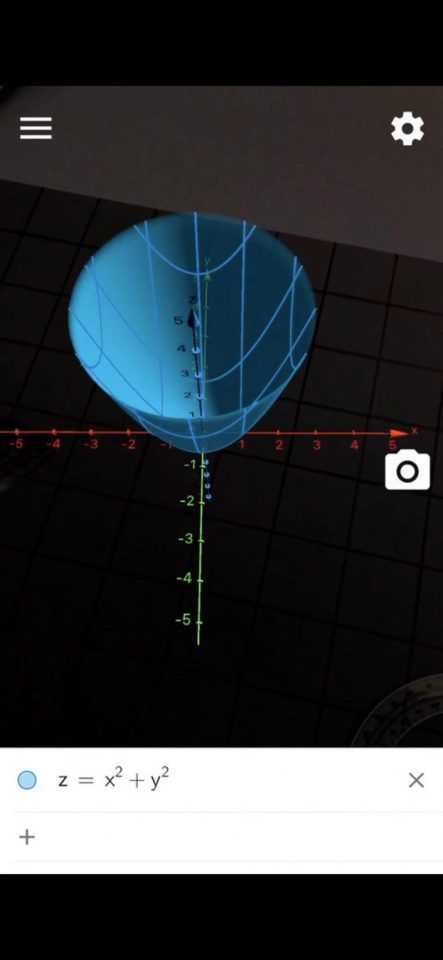
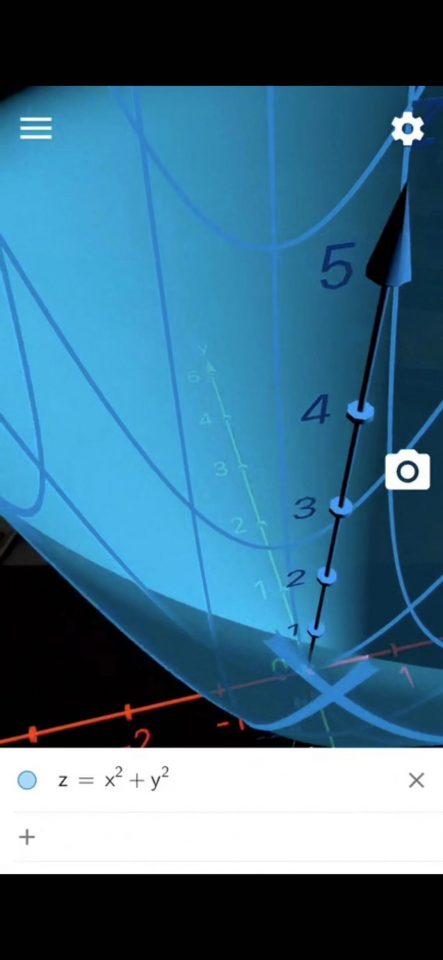
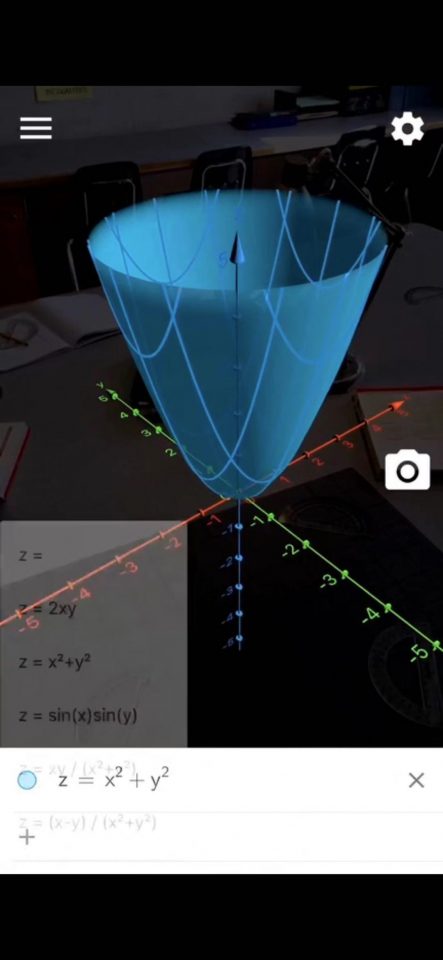
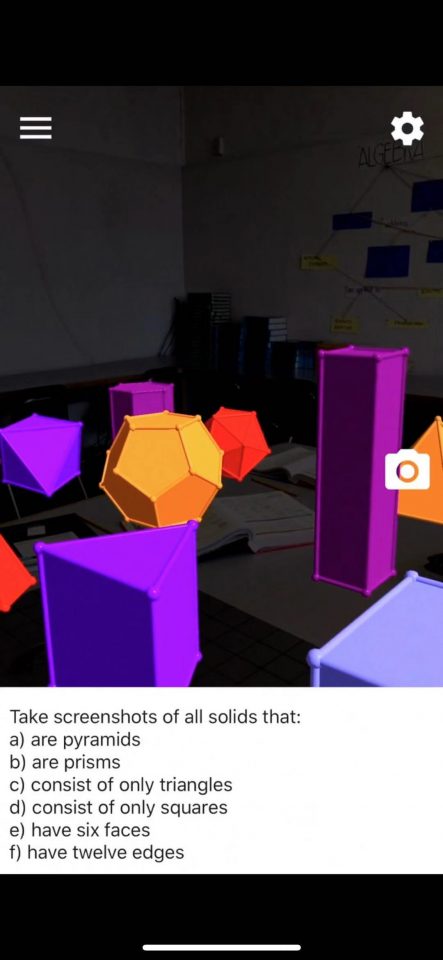
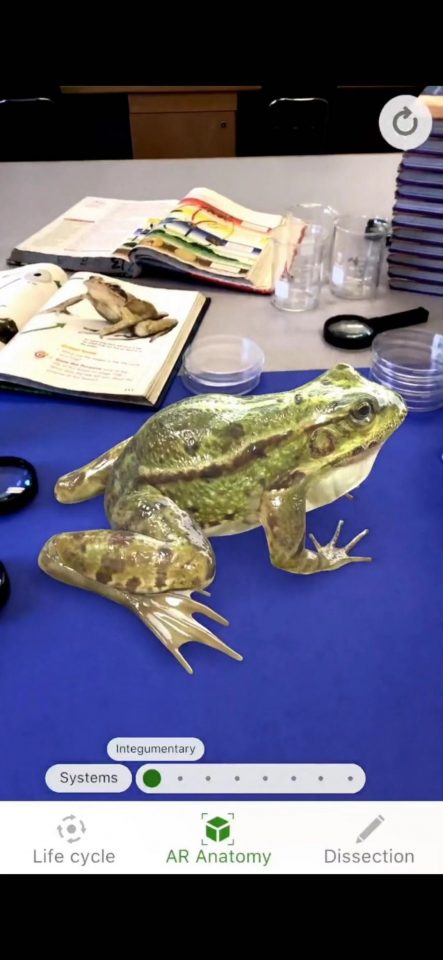
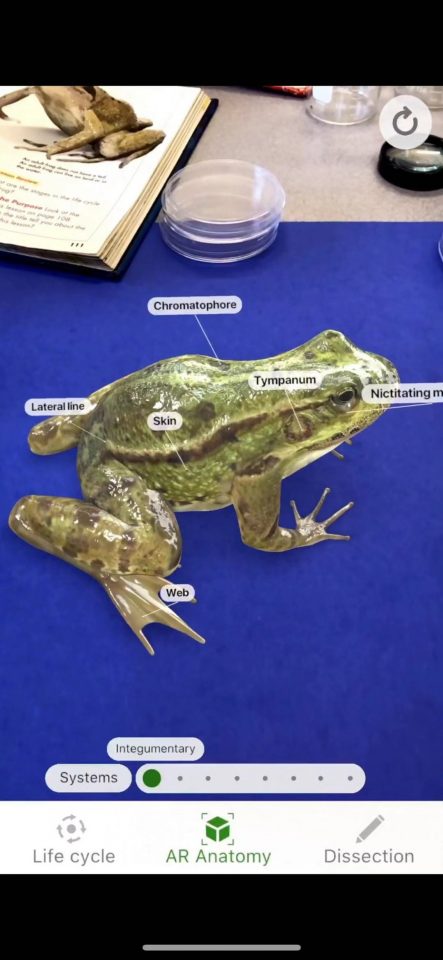
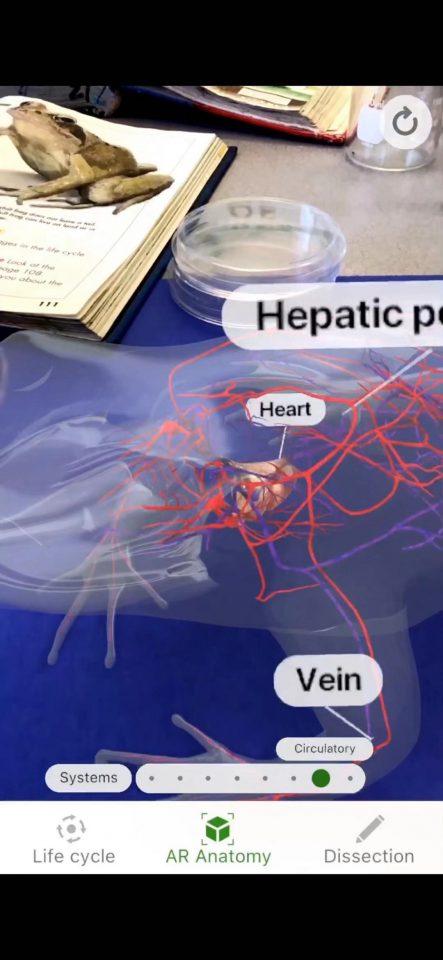
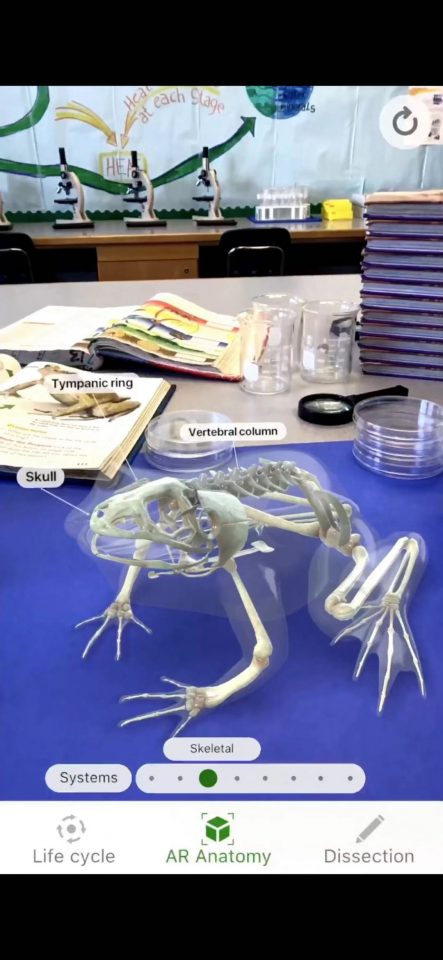
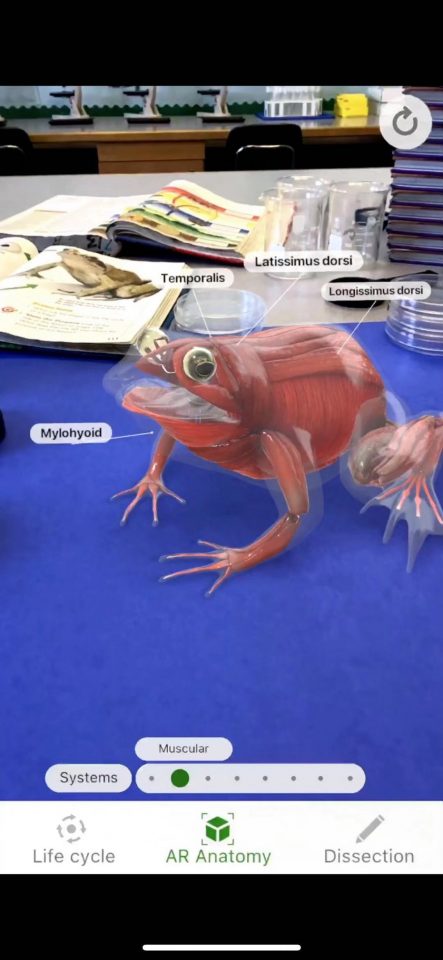
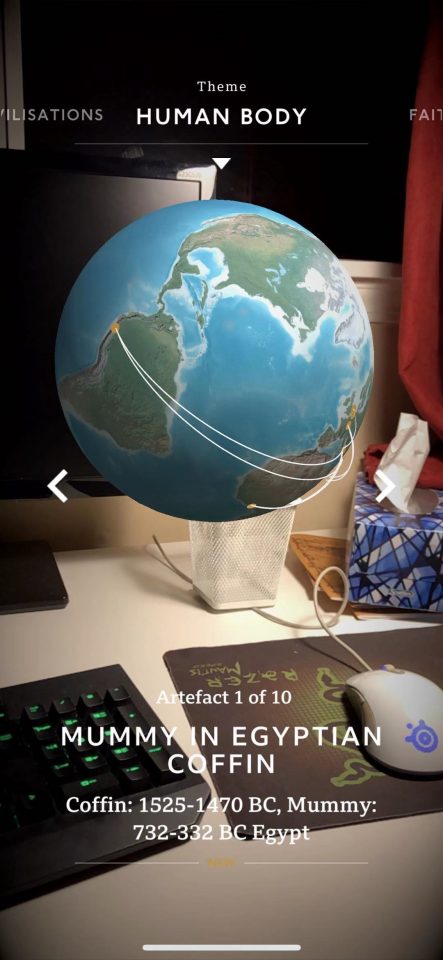

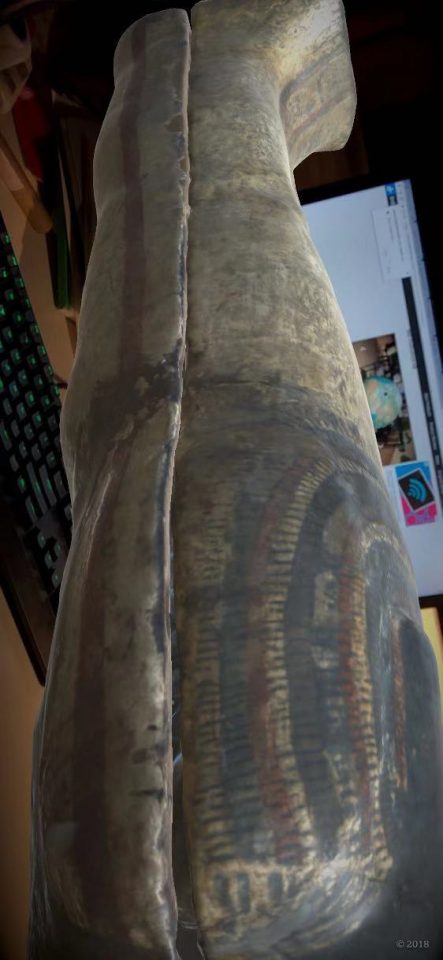
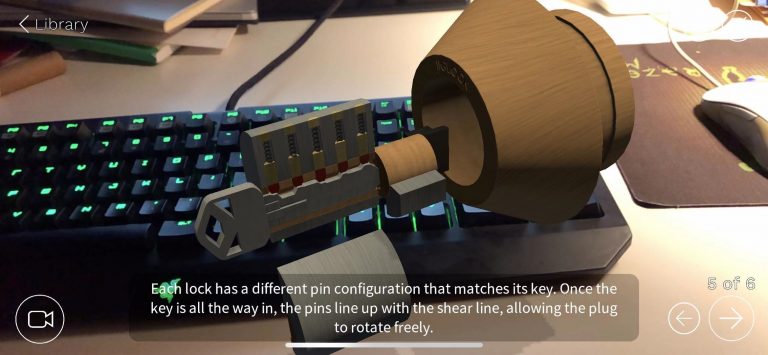
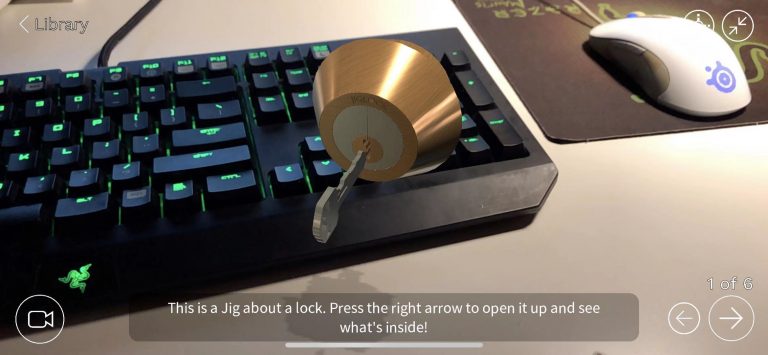
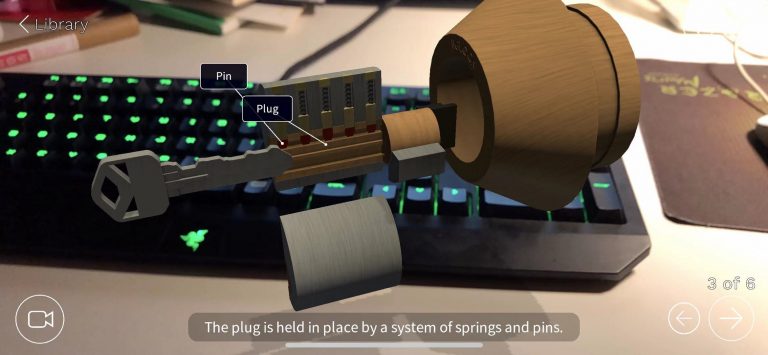
Tovey does a good job of identifying some of the potential, and how close AR is to becoming a mainstream tool in education. Julio’s comment on the challenge of fragmentation and the multitude of competing ecosystems is quite on point, similarly to how mobile apps were (and still are to some extent) as smartphones were introduced. It will likely take a few major players to gain dominance, or the introduction of industry-wide standards before we start seeing strong inter-operability.
The ability to inject additional information into our everyday experience, coupled with the mobility of being able to access that information while “in the field” has the potential to be transformational, not just in the way we teach in the classroom, but also in the way we consider “the classroom”.
Concerns raised about the accessibility of this technology, and equity of opportunity are very real, and will also serve as a barrier to wider adoption, and even initial adoption in the public education sector. This is very likely something we will see in the private sector first, and to those with the means to provide it.
Originally posted by julio palacios on October 15, 2019
Hi Tovey. What a great synopsis and analysis of AR in education. I really like how you concluded with your take on the benefits and downsides of AR technology. To add to your list, I think a benefit of AR technology in education is that it will mirror several industries which are now and will continue to further use AR technology (ie. Marketing, engineering and programming). For students aiming to enter those fields, providing learners with AR technology in the classroom, we are replicating a more authentic learning experience. A downside that I see with AR at the moment are the ecosystems that are emerging. Whether it be hardware or Apps for a mobile device, users are expected to enter into an ecosystem by purchasing additional software, updates and new hardware versions from specific companies. I hope to see AR become a technology that crosses platforms both in software and hardware